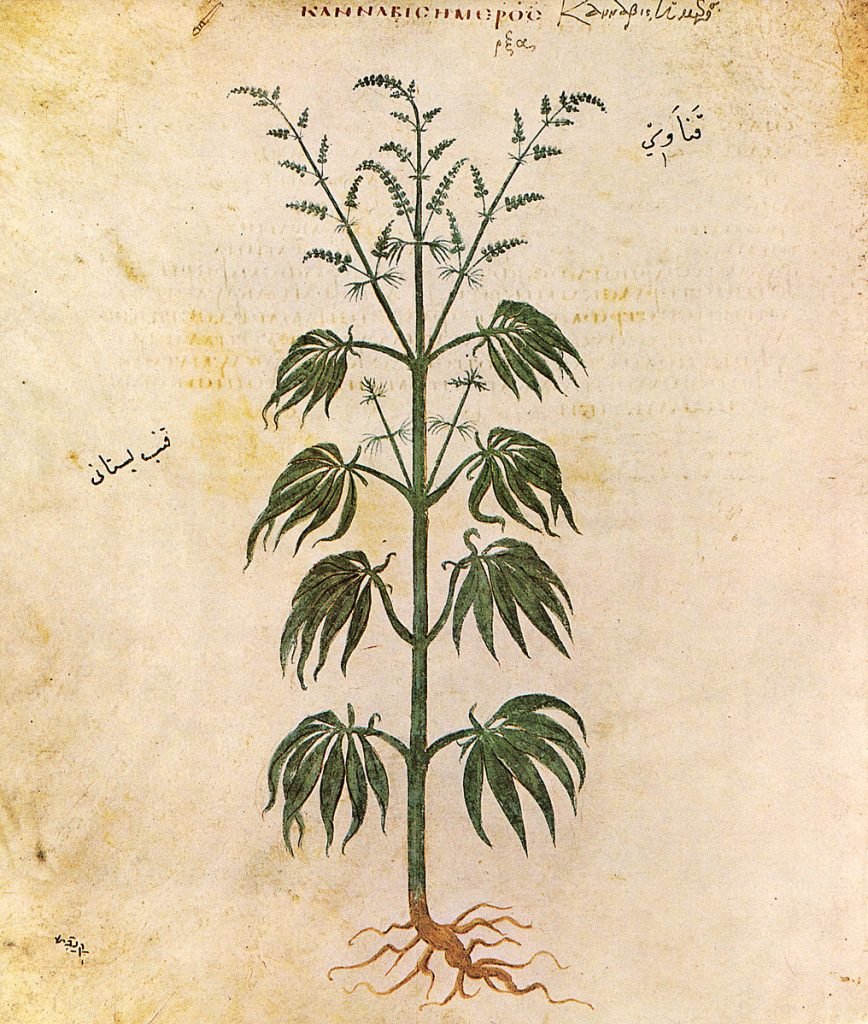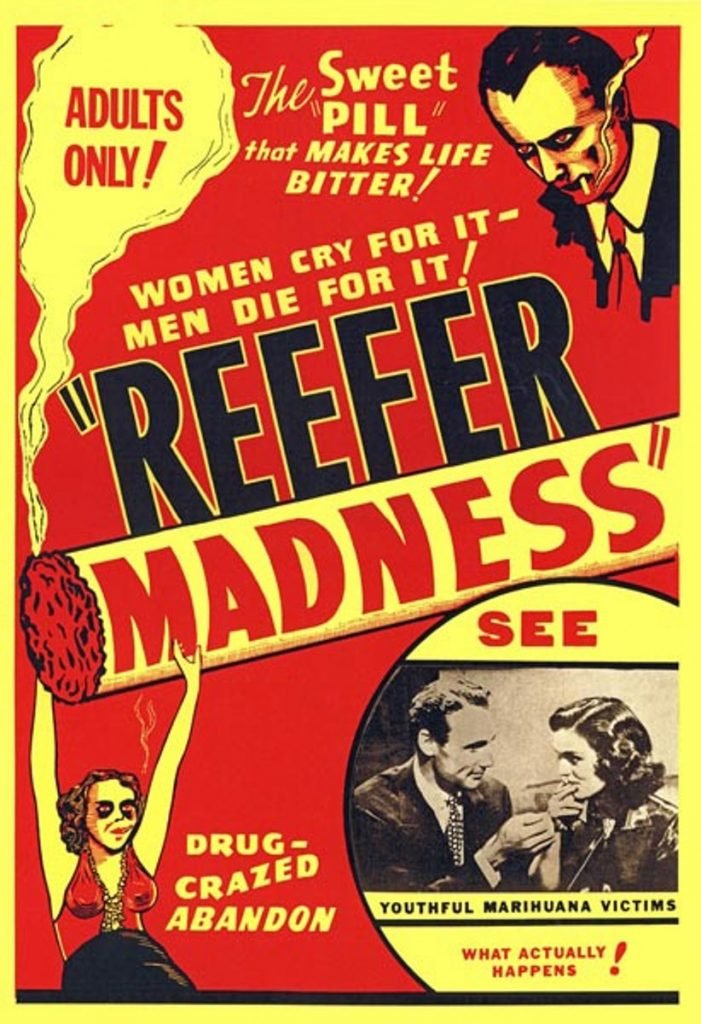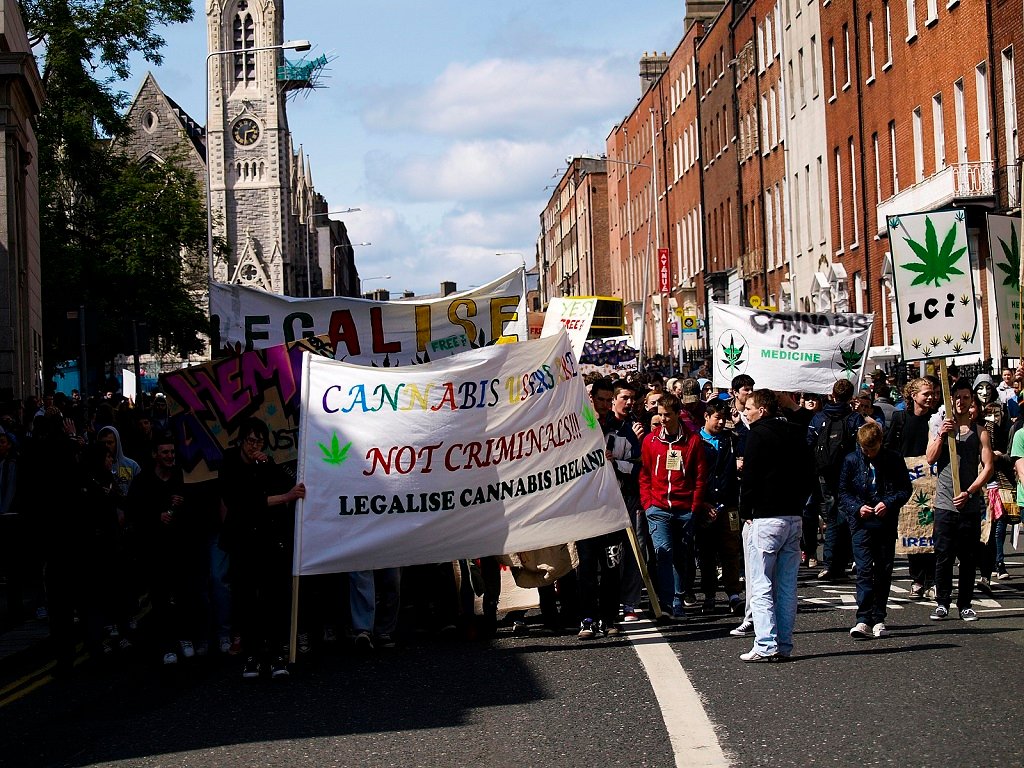Comprehensive Guide to The Worldwide History of Cannabis Laws Leave a comment
In this article will explore the earliest known evidence of cannabis cultivation and its origins prior to Australia. Additionally, we will delve into the history of recreational cannabis use in Australia throughout the years.
Chapter 1: Cannabis in Ancient Times
Cannabis has a rich and varied history, with evidence of its use dating back thousands of years. In ancient times, cannabis was used for both medicinal and spiritual purposes, with many different cultures around the world recognising its potential benefits.
The ancient Egyptians, for example, used cannabis to treat a range of ailments, including inflammation, pain, and glaucoma. Cannabis was also used as a natural anaesthesia during surgeries. Similarly, the ancient Greeks and Romans also used cannabis for medicinal purposes, particularly for its pain-relieving properties.
Cannabis was also often used in spiritual ceremonies in various cultures around the world. In India, for example, cannabis was used in traditional Ayurvedic medicine to treat a range of conditions, including anxiety, depression, and insomnia. In China, the plant was used to treat pain and as an aesthetic during surgery.
Throughout history, cannabis has also been used as a natural remedy for a variety of health conditions, such as headaches, menstrual cramps, and digestive issues. Its use as a medicine and spiritual aid has been a significant aspect of human culture for thousands of years.

Chapter 2: Early Cannabis Laws
The early regulation of cannabis laws was often driven by racial and cultural biases. In the United States, for example, cannabis was associated with Mexican immigrants and African American jazz musicians. The 1937 Marijuana Tax Act was passed without any scientific or medical evidence to support its criminalisation. As a result, cannabis became illegal at the federal level, and many states followed suit with their own strict drug laws.
In the early 20th century, there was a growing concern about drug addiction and drug-related crime. This led to the introduction of strict drug laws in many countries around the world, including the United States. These laws were often racially motivated and disproportionately affected people of colour.
Chapter 3: The Rise of the War on Drugs
The 1960s saw a significant increase in the use of cannabis and other drugs. In response, many governments around the world began to crack down on drug use with the introduction of harsh drug laws. The United States declared a “War on Drugs” and enacted mandatory minimum sentences for drug offenses. This approach led to an increase in arrests and incarceration rates for drug-related offenses, particularly for low-level drug offenders.
During this period, there was also a growing awareness of the harmful effects of drug addiction and drug-related crime. However, the War on Drugs approach was criticized for being too punitive and not addressing the root causes of drug addiction.
Take the movie “Reefer Madness”, a 1936 propaganda film that portrays the use of marijuana as a dangerous and destructive activity that can lead to insanity, violence, and sexual promiscuity. The film was intended to influence public opinion and fuel the government’s anti-drug campaigns.
The plot of the film follows a group of high school students who are lured into using marijuana by a drug dealer. As a result, they engage in wild and reckless behaviour, including hit-and-run accidents, manslaughter, and sexual assault. The film portrays marijuana as a gateway drug that can lead to the use of harder drugs such as heroin and cocaine.
Despite its over-the-top portrayal of the effects of marijuana use, “Reefer Madness” became a cult classic in the 1970s and 1980s. The film’s campy acting, melodramatic plot, and exaggerated claims have made it a source of amusement and parody.
Today, the film is widely regarded as a relic of the past and a prime example of the government’s failed attempt to demonise marijuana use. However, it is also seen as a cautionary tale of how propaganda and fear-mongering can be used to manipulate public opinion and justify draconian laws and policies.

Chapter 4: The Changing Landscape of Cannabis Laws
In recent years, there has been a significant shift in attitudes towards cannabis laws around the world. Many countries have legalised cannabis for medicinal use, and some have even legalised it for recreational use. In 2018, Canada became the second country in the world to legalise cannabis for recreational use, following in the footsteps of Uruguay.
The legalisation of cannabis has been driven by a growing awareness of the plant’s medicinal properties and a recognition of the failure of the War on Drugs approach. In many countries, cannabis has been legalised as a way to reduce harm associated with drug use and to generate tax revenue.
However, there are still many challenges associated with legalising cannabis. For example, there are concerns around driving under the influence of cannabis and the potential for addiction. Additionally, there are concerns around the quality and safety of cannabis products, particularly in countries where the industry is unregulated.

Chapter 5: The Future of Cannabis Laws
As more and more countries move towards legalisation, it’s clear that the future of cannabis laws is changing. However, there is still much work to be done. Many countries continue to criminalise the use of cannabis, and there is still a significant stigma associated with its use. It is important to continue educating the public about the potential benefits and risks of cannabis use and to work towards creating a safe and regulated industry.
In conclusion, the history of cannabis laws and recreational use is a complex and varied one. From its use in ancient times to its criminalisation in the early 20th century, to its recent legalisation in many countries around the world, the attitudes towards cannabis have evolved significantly over time.
While there are still challenges associated with legalising cannabis, the future of cannabis laws is undoubtedly changing. As more research is conducted into the potential benefits and risks of cannabis use, it is likely that we will see more countries legalising the plant for medicinal and recreational use.
As a society, it is essential that we continue to have open and honest conversations about cannabis use and to work towards creating a safe and regulated industry. By doing so, we can ensure that those who use cannabis can do so without fear of criminalisation or harm and can enjoy the potential benefits that this plant has to offer.

